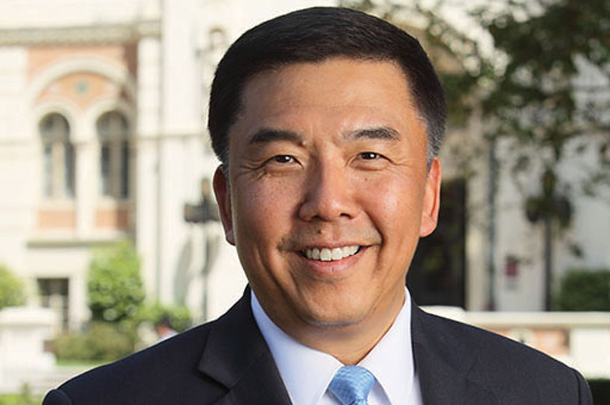Researchers at USC have discovered which stem cells are responsible for the growth of craniofacial bones in mice — a finding that could have a profound impact on the understanding and treatment of craniosynostosis, a birth defect that can lead to an array of physical and intellectual disabilities in humans.
In an article in the April 2015 issue of Nature Cell Biology, Yang Chai, DDS, PhD, a member of the USC Stem Cell Executive Committee and holder of the George and Mary Lou Boone Chair of Craniofacial Biology at the Herman Ostrow School of Dentistry of USC, describes how he and postdoctoral fellow Hu Zhao, DDS, PhD, identified a population of Gli1+ stem cells within the mesenchyme of tissue between the bones of the skull, known as cranial sutures.
Chai’s research team noted that if Gli1+ cells were eliminated from the sutures, the craniofacial bones experienced growth arrest and weakening, leading them to conclude these cells are indispensable in healthy skull development. The findings could significantly impact the treatment of craniosynostosis, a birth defect affecting one in 2,500 births.
In an infant with craniosynostosis, the skull bones fuse together before the brain has fully developed, which can cause problems that include hearing and vision defects, as well as developmental disorders.
— John Hobbs


